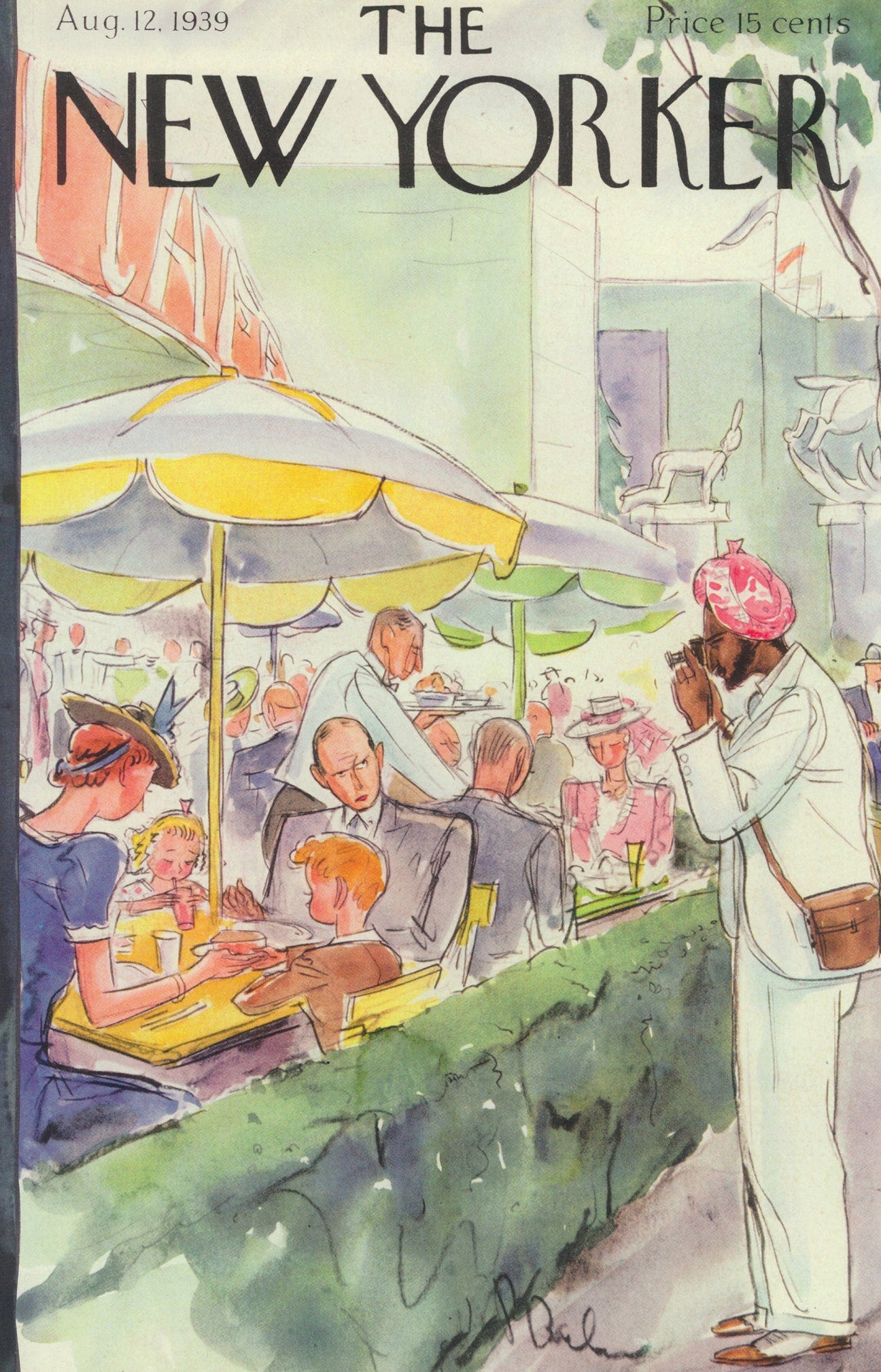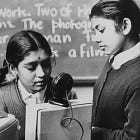Welcome to the Brown History Newsletter. If you’re enjoying this labor of love, please do consider becoming a paid subscriber. Your contribution would help pay the writers and illustrators and support this weekly publication. If you like to submit a writing piece, please send me a pitch by email at brownhistory1947@gmail.com.
Don’t forget to check out our SHOP and our Podcast.

Recommended Reads:
Bridging Two Worlds: The Role of Therapy for Children of Immigrants
Growing up is hard enough, but for children of immigrants, it often feels like living in two worlds at once. At home, the rules are steeped in tradition—family comes first, and life revolves around shared responsibilities. But step outside, and it’s a different story: a Western world where independence and self-expression reign supreme. The clash between these two cultures doesn’t just shape their identity; it can take a toll on their mental health.
For many kids from collectivist backgrounds, balancing family expectations with the pull of an individualistic society is more than just a daily juggling act—it’s a source of constant tension. How do you reconcile your parents’ sacrifices and their dreams of a better life with your own need to carve out a unique identity? For some, this inner conflict manifests as anxiety, depression, or a lingering sense of not belonging.







